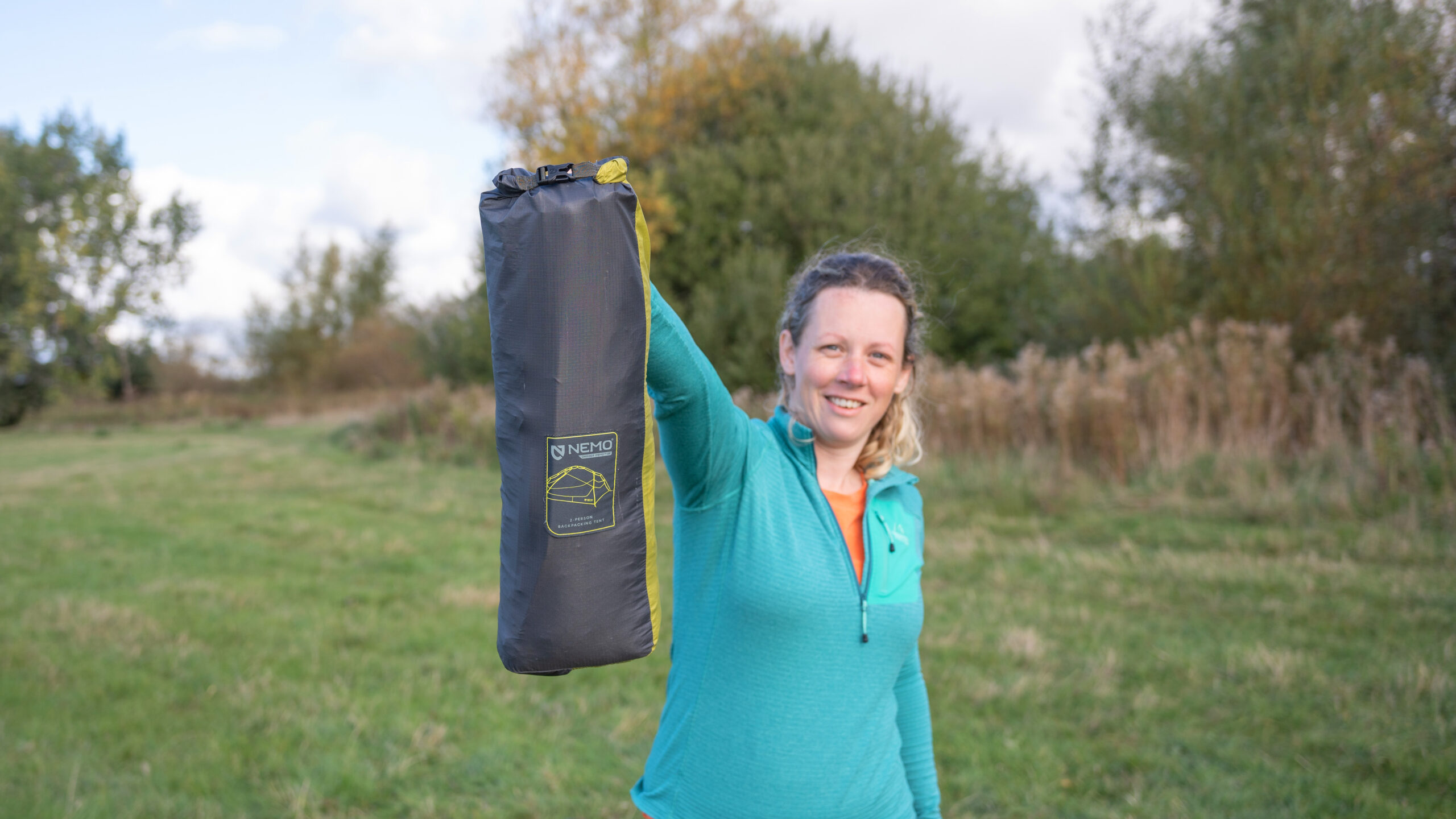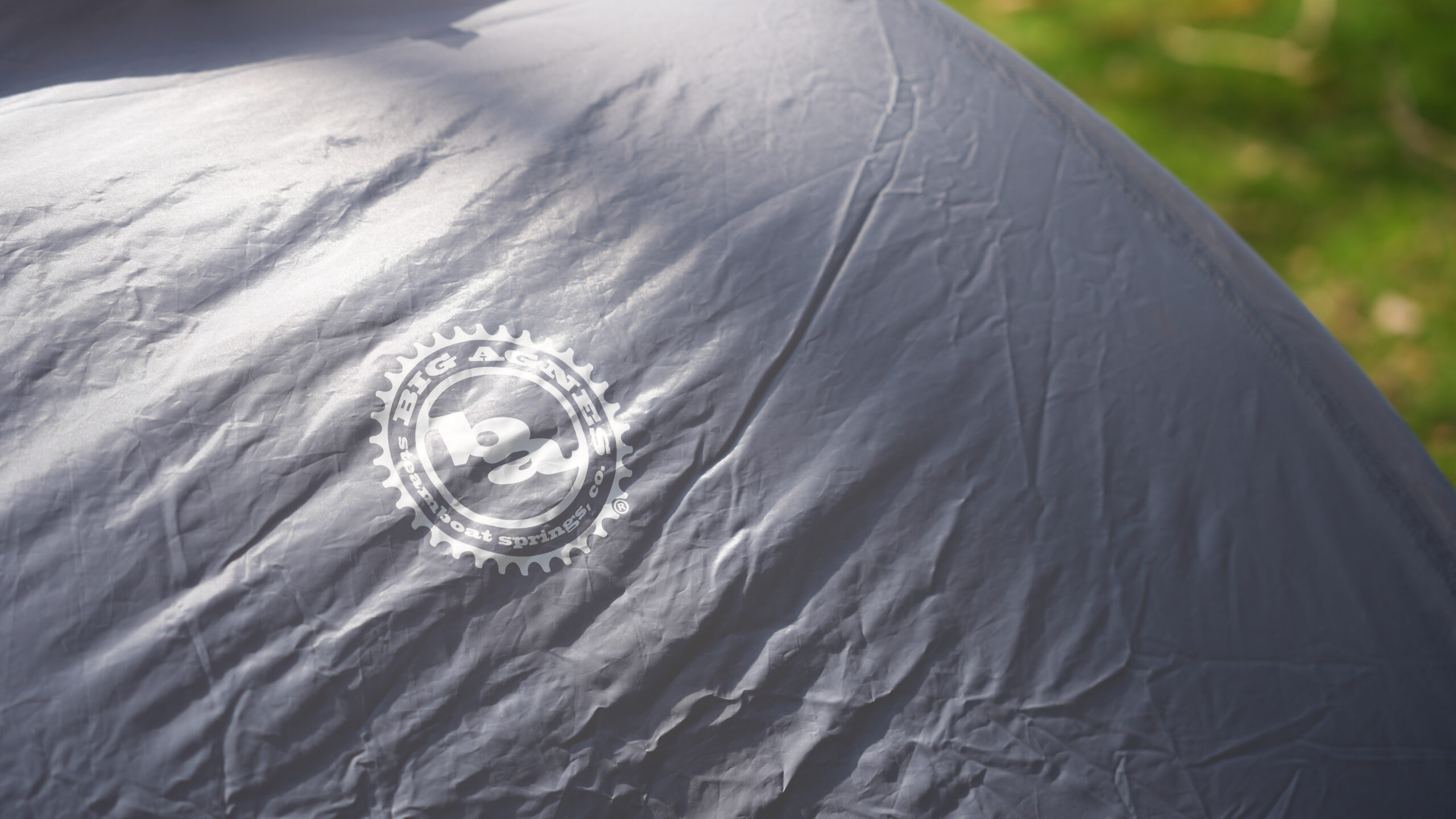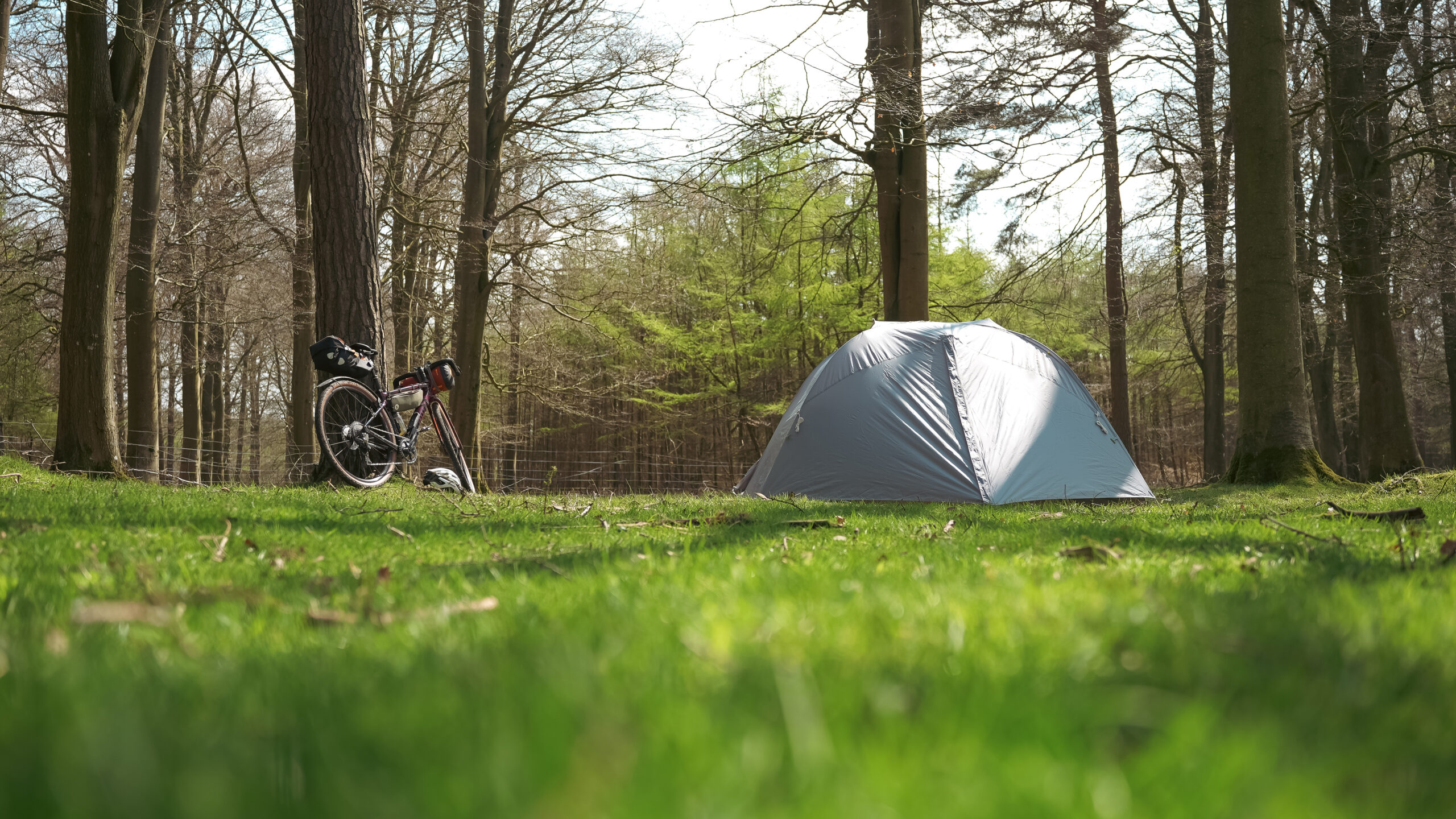We know that purchasing a tent is a big investment. That’s why we have a wide range of options to suit different activities, weather conditions, sizes etc. Taking care of your tent can be the difference between heading out for a fun-filled adventure in the mountains or having to fork out for a hefty repair bill. Or, if you’re really unlucky, a replacement tent. To save yourself all this hassle, we’ve compiled some of our best how to care for your tent tips.
Protect Your Tent: Why You Should Consider a Footprint
Before even leaving the shop (or online basket) with your tent, consider a footprint. A footprint is a large water-resistant piece of material that sits underneath your tent to protect it from sharp rocks and wet ground. If this footprint gets damaged, it’s easy to replace and doesn’t cost a fortune. If your tent groundsheet gets damaged, you’ll have to spend at least twice the amount for a repair or replacement.
Handle with Care: How to Safely Remove Poles from Your Tent
Don’t abuse the poles! The chances are your poles are made from individual aluminium sections connected by elastic. When you come to remove the poles from the tent, don’t pull them out. The best way to remove poles from their sleeve is to place the pole end against your hip and pull the fabric towards you. If you simply attempt to pull the pole out, they’ll disconnect inside. The elastic will stretch and then spring back It will potentially trap the fabric of your tent between the pole sections.
You might be tempted to flick the poles out so that the elastic snaps them into place quickly. However, if the poles don’t align when they meet, you can easily damage or weaken the end of the pole. It can lead to future failure which is usually on the wettest and windiest nights!
How to care for your tent: The Importance of Proper Storage
Another tip to remember is when your poles are safely removed from the sleeve, collapse them from the centre to avoid stretching the elastic. Stretched elastic will eventually become useless elastic.

A New Approach to Tent Packing: The Benefits of Stuffing Your Tent
Stuff, don’t fold. You were probably told when you were in the Scouts that the best way to pack your tent away is to neatly fold it into a rectangle the width of your storage bag. Then roll it around the poles and pegs and then place it all neatly in the stuffsack. However, this method of packing can create permanent creases in the fabric, weaken the waterproofing and eventually split the fabric of your tent. The best solution is to simply stuff the tent fabric into the storage bag. Exactly the same as you would do a sleeping bag. The poles normally have their own stuffsack so they can be packed separately, strapped to the outside of your pack or stored inside. It allows the tent fabric to be compressed for efficient packing.
Keep it Dry: How to Store Your Tent After a Damp Adventure
You’ve been out with your tent and the weather has been a little damp. You’ve packed your tent away when wet and now you’re back home in the warm. But what about your soggy tent? The worst thing you can do is to leave it packed away wet. Mildew will grow and eventually rot the tent, rendering it useless. As soon as you’ve finished that cup of tea, wipe off any excess dirt and moisture with a towel, hang somewhere where it can fully air out; a nice warm spare room or a garage is perfect. Alternatively, when it stops raining, pitch the tent outside in the sunshine to dry off. Let it air for at least 24 hours — once you’re sure that it’s bone dry, it can be packed away. Don’t tumble dry or hang the tent over a radiator or other direct heat source.
Don’t store in the stuffsack
Like your sleeping bag, it’s best to store your tent in it’s stuffsack unless it has to be compressed for an activity. Leave it in a large duffel bag or supermarket ‘bag for life’ in a cool, well ventilated area so it can breathe.

Avoid tree sap
If you’ve ever had sap on your hands, you’ll know how horrible and sticky the stuff is. It’s even harder to remove from your tent flysheet. We wary when camping near/under trees or bring a small cloth to wipe it off if you’re really meticulous.
Don’t leave in the sun (if you can help it)
A large quantity of tents we stock are made from nylon. Nylon is incredibly tough, lightweight and easy to care for. However, it will naturally degrade if left out in harsh sunlight for extended periods of time. If you’re leaving your tent in one place for days on end, it’s a good idea to take it down during the day if it’s a scorcher. Polyester tents don’t suffer from this quite as badly, but it’s still a good habit to get into.

Leave sharp objects outside:
Boots, cooking equipment and other sharp/abrasive objects can all be stored in the vestibule, where there is less chance of it ripping a hole in your fly or groundsheet. If your pooch is sharing the sleeping compartment with you, consider taking a lightweight towel to soak up most of the abuse from their claws. If you’ve got any more tips, please let us know!


Leave a Reply